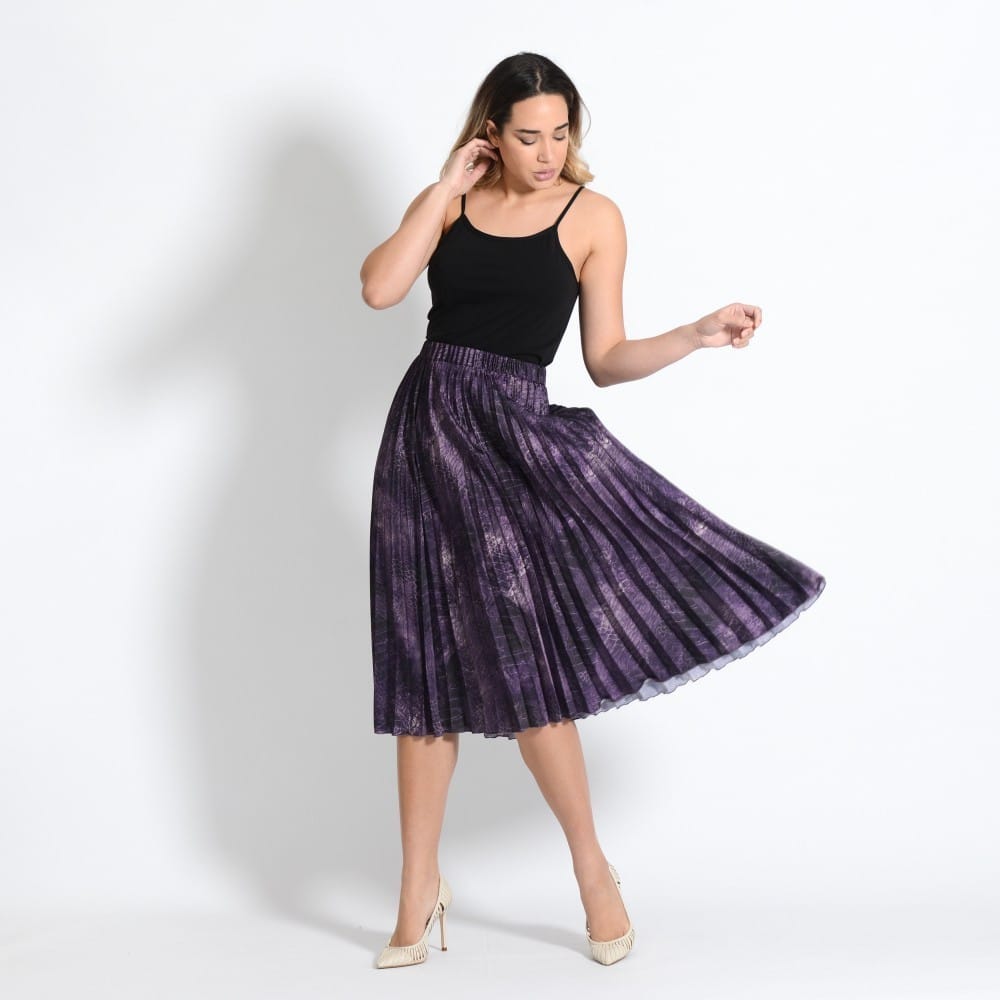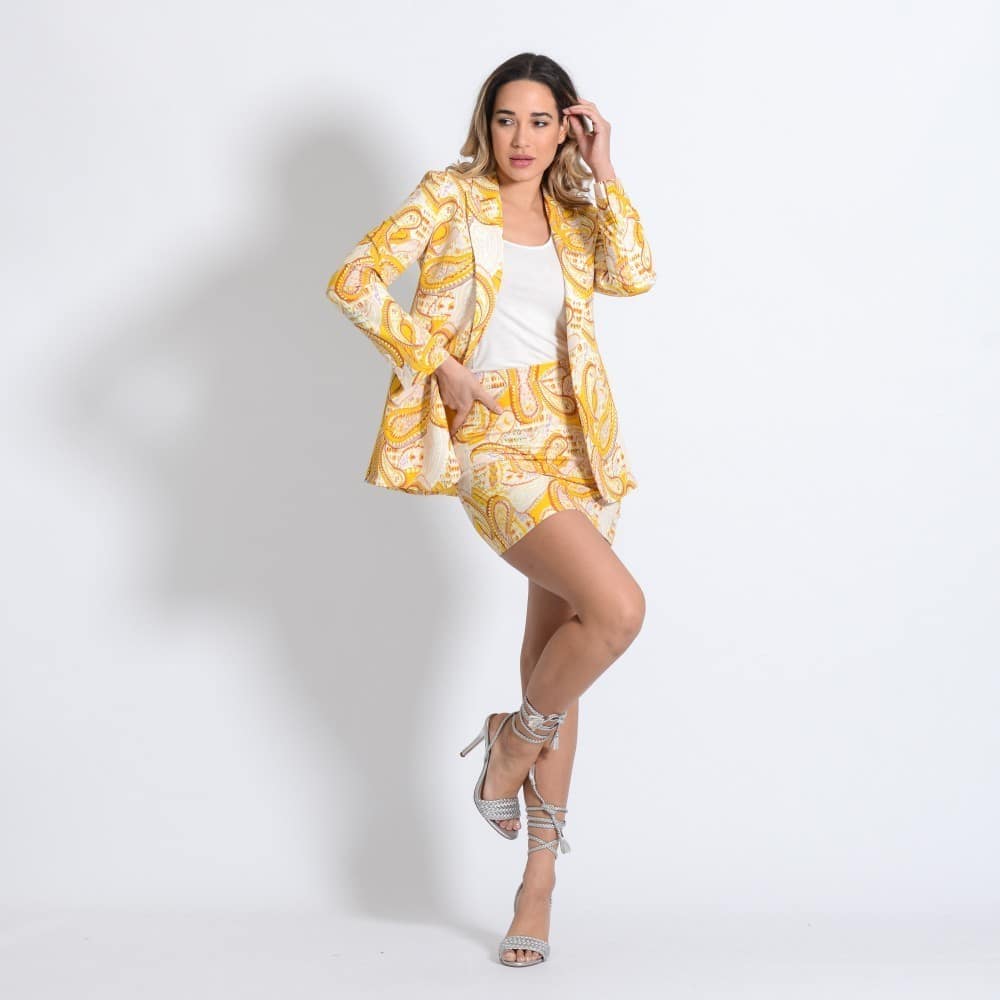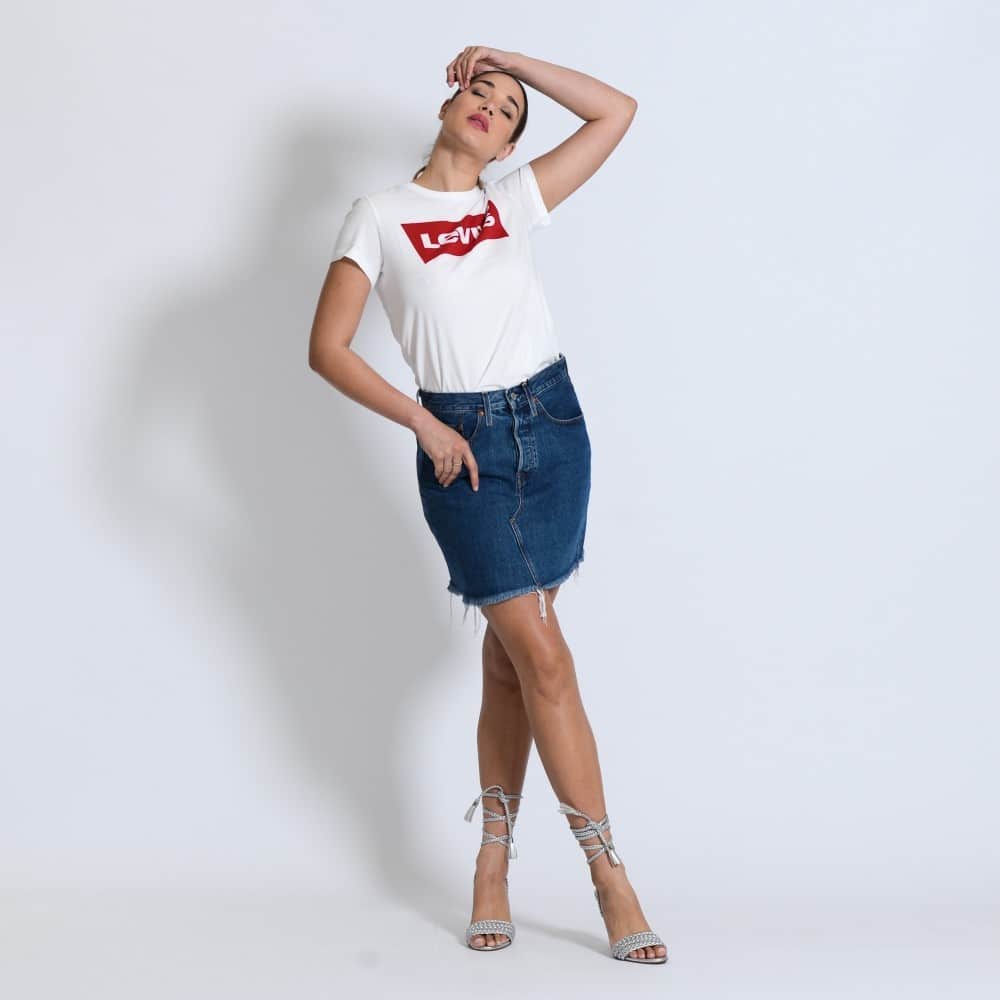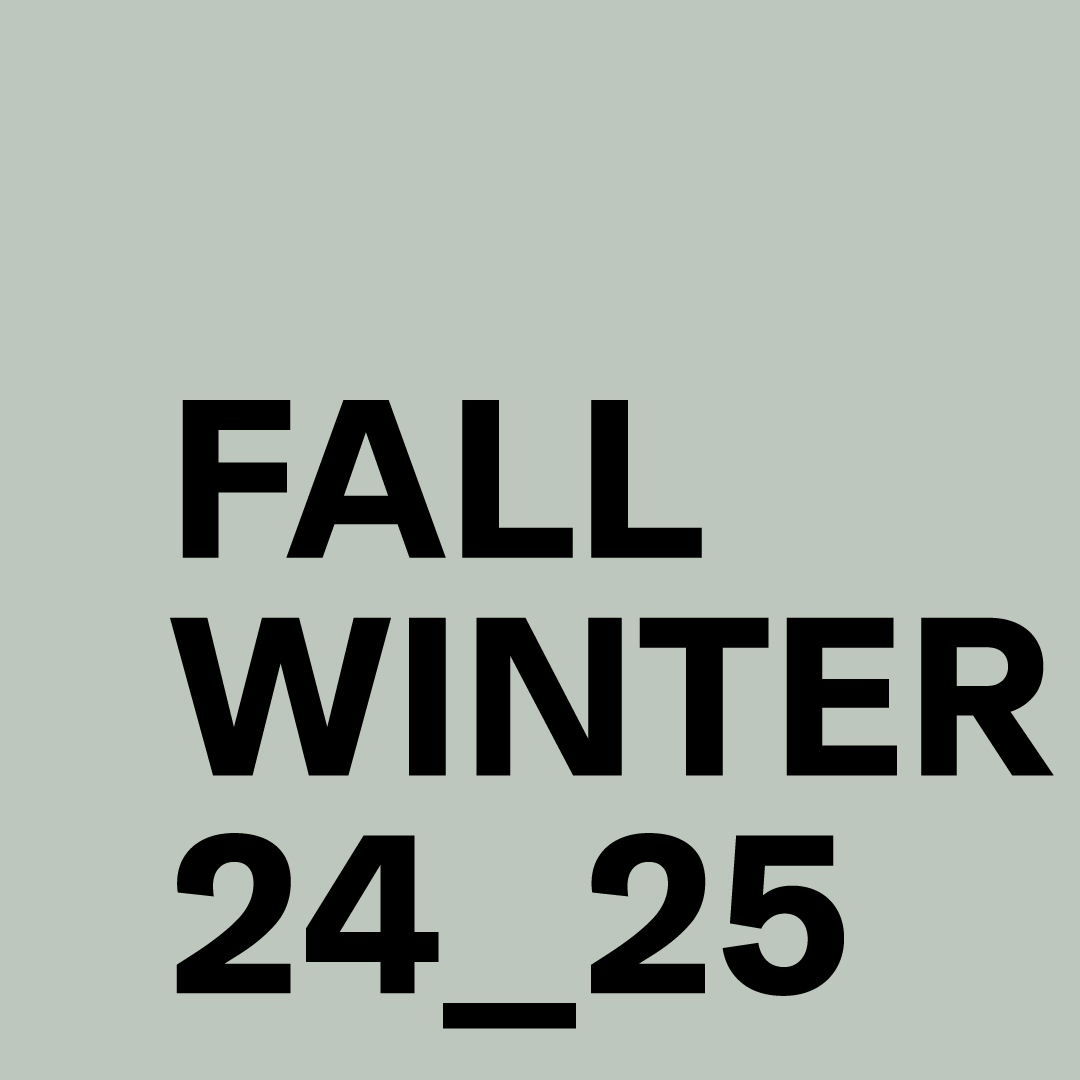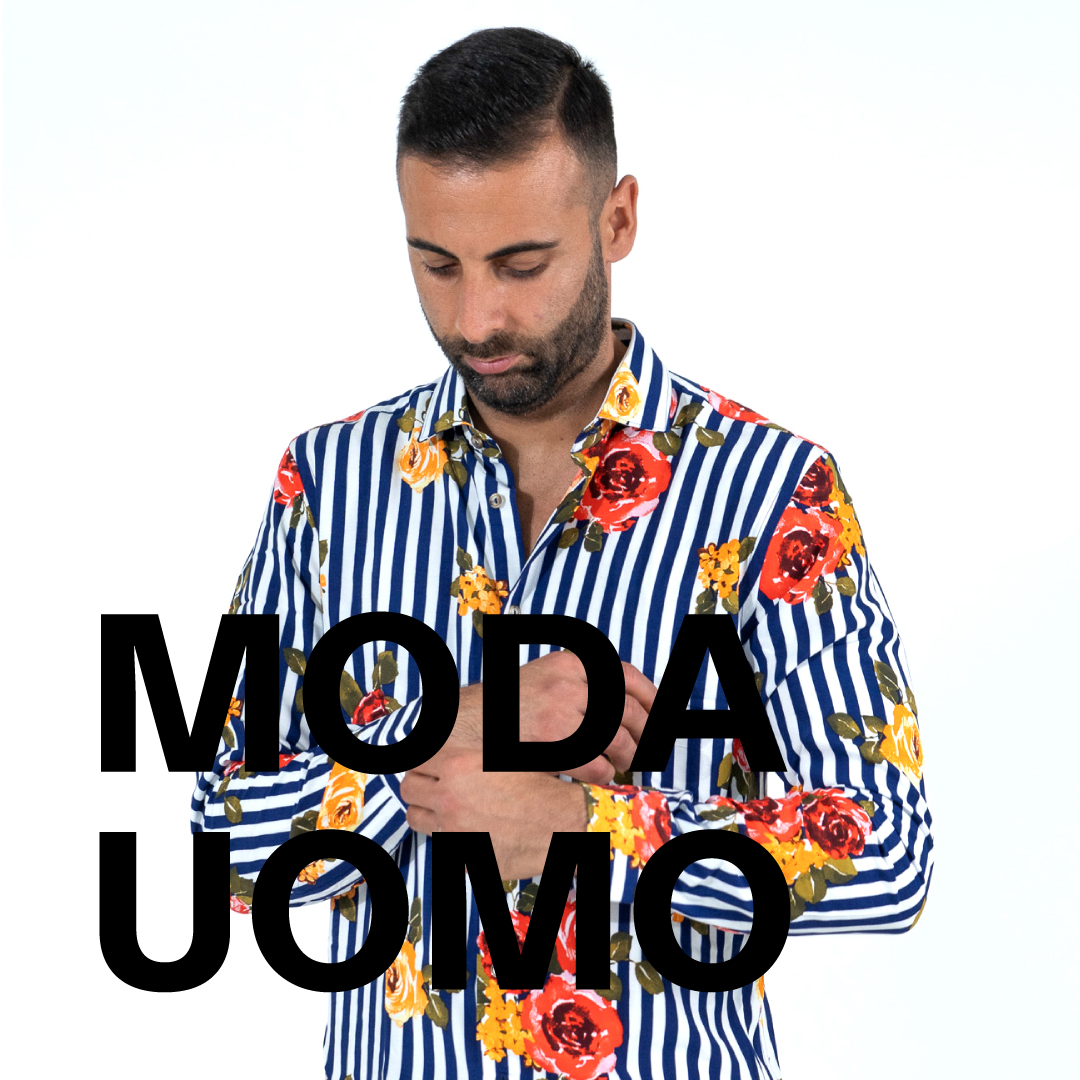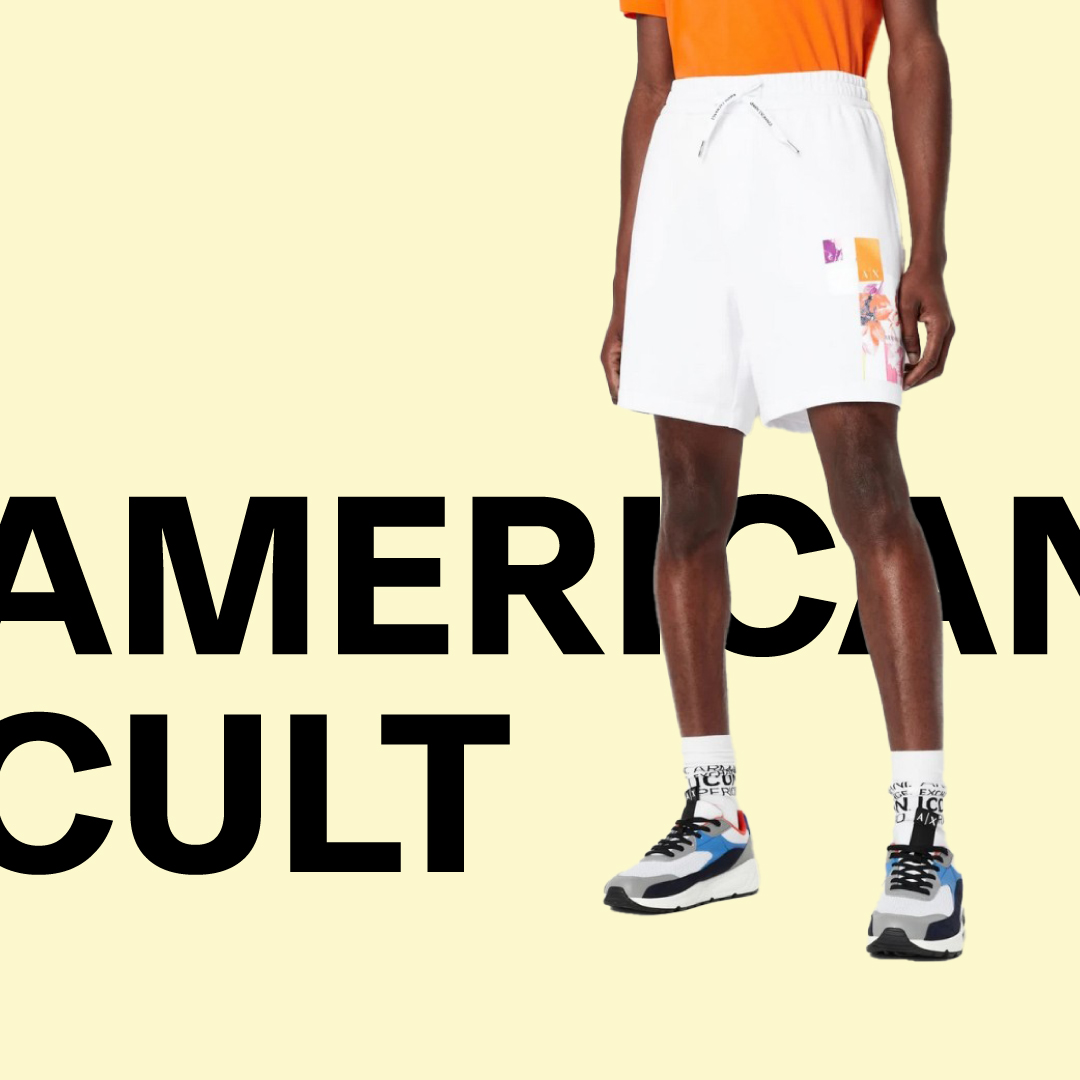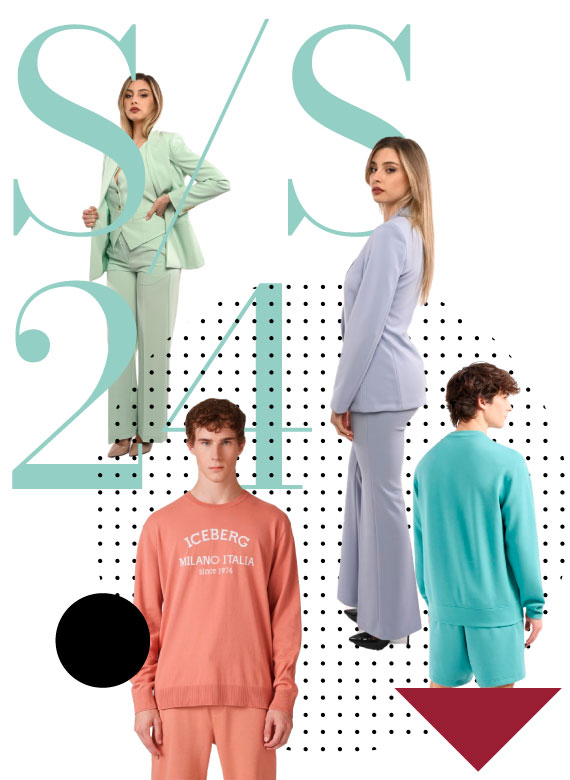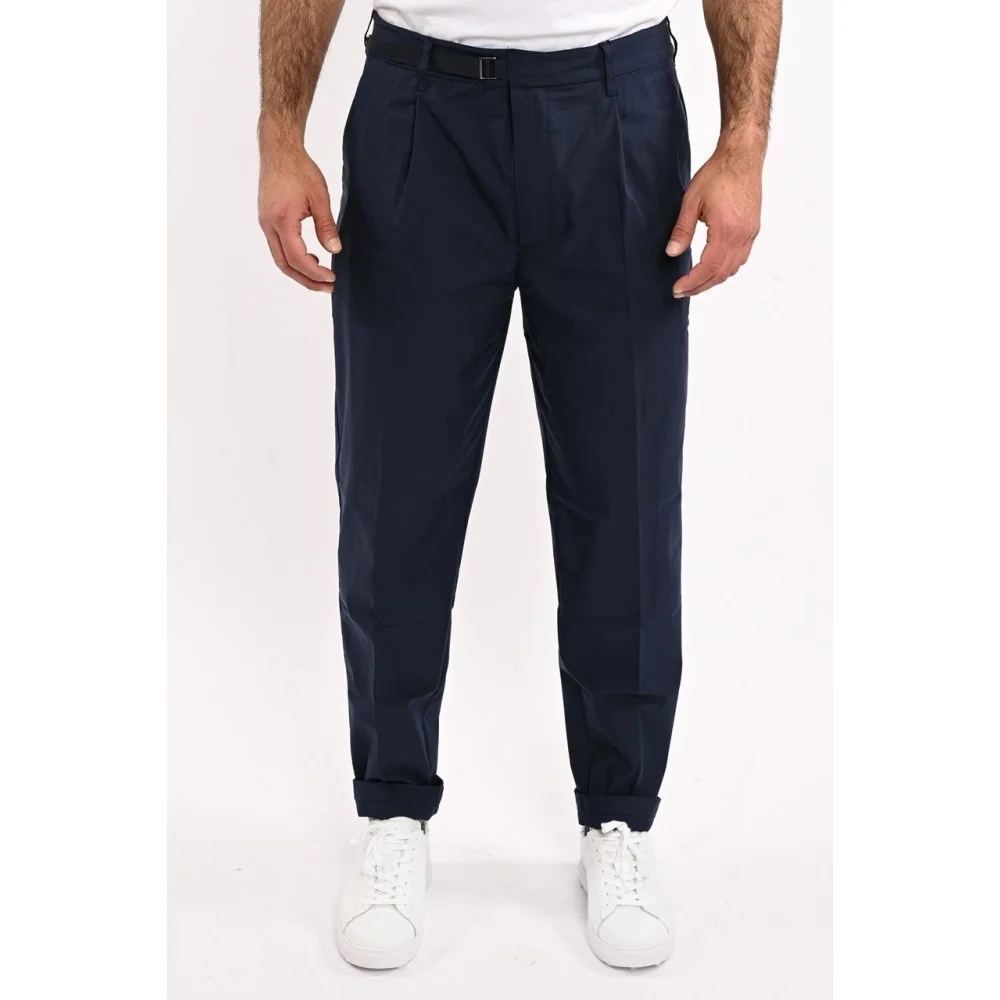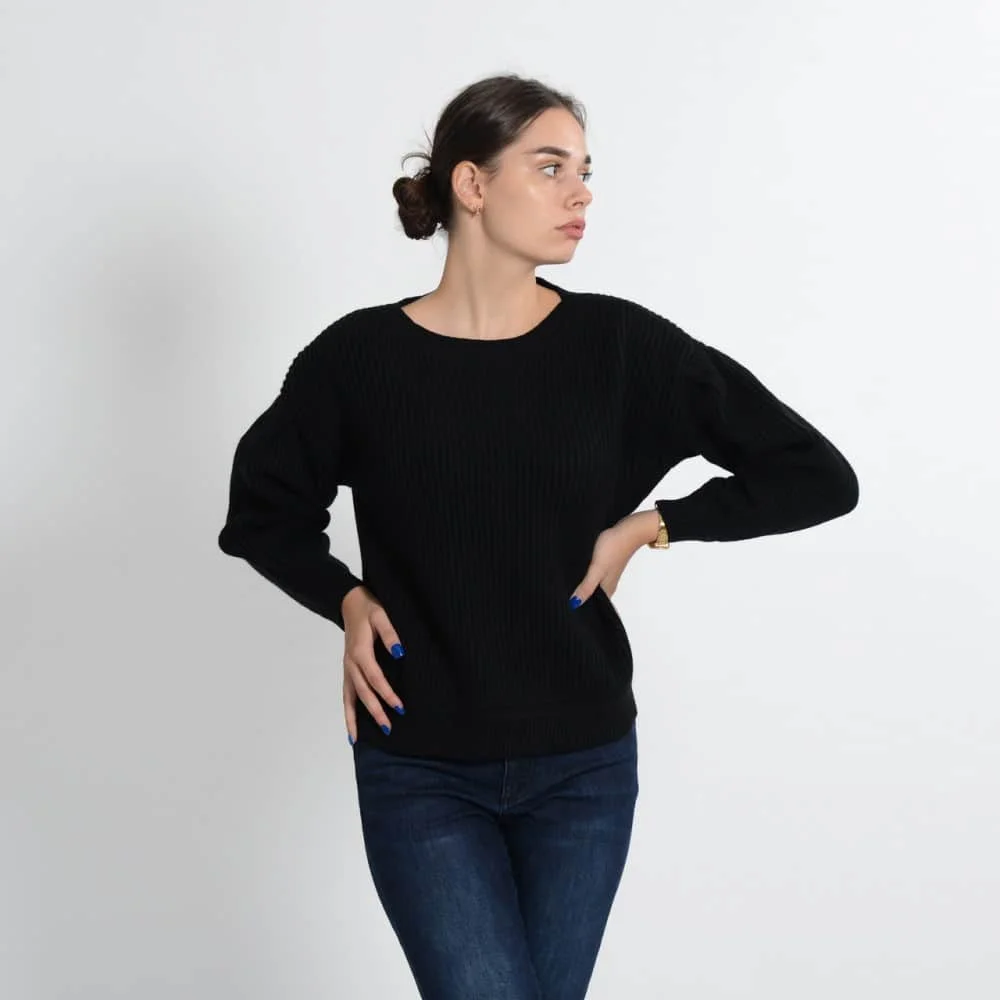.
Skirts
La gonna è un capo che non manca mai nell’armadio di una donna. La storia ci insegna che è un indumento unisex usato per vestire il corpo ormai dalla notte dei tempi.
Nella storia della moda ne abbiamo conosciute di tutti i tipi: il tubino, gonne lunghe, gonne a vita alta, a palloncino, corte, a ruota, a portafoglio, a pieghe, a balze, longuette o gonna pantalone e chi più ne ha più ne metta. La lunghezza è certamente un elemento fondamentale per evidenziare le gambe, mettendo in risalto, cosce, polpacci, caviglie fino a toccare il suolo. Questo indumento che nella cultura occidentale è tipicamente femminile, nel passato era di uso comune anche tra gli uomini. A caratterizzare la gonna sono vari elementi come le cuciture, le imbastiture, le pieghe, gli ornamenti e gli spacchi. Un dettaglio quest’ultimo che oltre a dare sensualità al modello, consente maggiore facilità di movimento a chi lo indossa.
And to think that in ancient civilizations beginning with the Mesopotamian civilization, the skirt was common clothing for all. Only after the fall of the Western Roman Empire was the skirt replaced by the tunic, until the early Middle Ages. Women, emperors and clergy layered tunics, while men wore breeches, inherited from the barbarians and adapted to military life. Even in the 1400s the petticoat was identified as a single garment; it was not until the late Renaissance that this garment was divided into corset and petticoat. From 1500 onward people began to wear different clothes according to gender, and skirts changed in different nations and cultures. Nobility was portrayed with precious and voluminous skirts, which identified their supremacy but prevented much movement. In the late 19th century and early 1900s, women's emancipation movements completely transformed women's clothing-a long journey that peaked in the 1960s. These were years of ferment of contestation and battles for freedom: the beat generation fought against conformity and women demanded more and more rights. During these years occurred the creation of one of the most talked about garments of our century: the miniskirt.
Mary Quant is the creator of this much-criticized garment, sometimes called vulgar because of its length: this skirt usually came to cover only the groin. The line is very straight and geometric, like the designs that decorated it. In the same years the hippy culture was born and women rejected garments with geometric and perfect lines, to adopt long, soft skirts decorated with ruffles and bangs, worn by African, Indian and Mexican peoples. Patchwork and imperfections in handmade prints also made these skirts unique and countercultural. Since then there has been no restraint in popular custom on the use of the skirt. A symbol of freedom, emancipation, and seduction, redeemed even in work environments by understated and professional design, it is a piece constantly at the center of high fashion runways. For you who love to feel different every day, on our online shop you can have fun finding the most varied combinations, taking advantage of designer, fashionable and always up-to-date collections.
Women's Vicolo midi skirt with paisley pattern.
Gonna di jeans Levi's regular fit alta vita.


